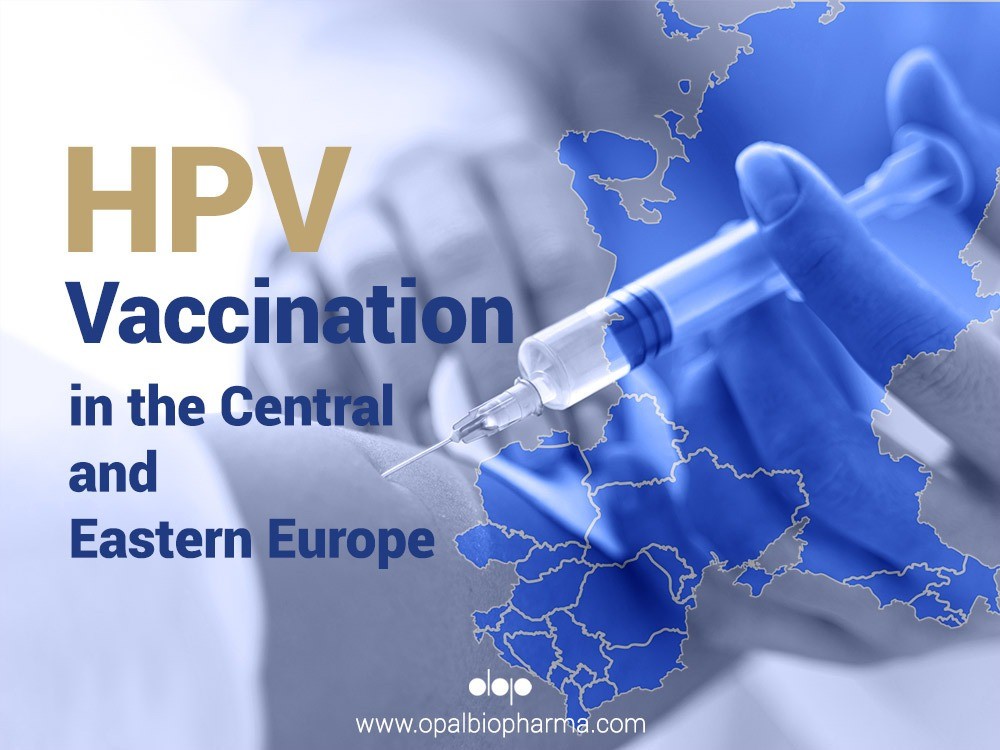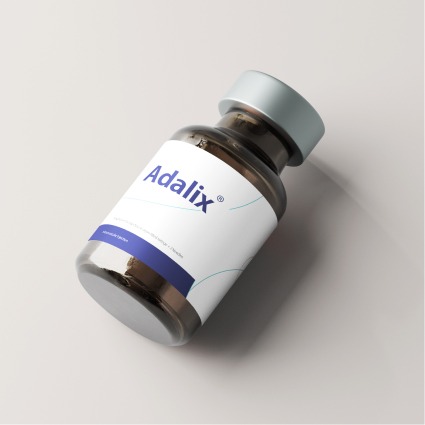Introduction
HPV (Human Papillomavirus) vaccination in Central and Eastern Europe plays a pivotal role in combating cervical cancer, which significantly impacts women within the age bracket of 15-44 years. With an annual report of about 33,000 cases and 15,000 deaths due to cervical cancer in the European Union, the need for HPV vaccination cannot be overstated. The primary causative agent of cervical cancer is a persistent infection of the genital tract by some specific types of HPV. The region has seen various efforts in implementing HPV vaccination programs, with a focus on reaching girls primarily. However, the journey towards comprehensive HPV vaccination, which includes males and a broader age range, is still in progress. This article aims to explore the current status, advancements, advantages, and prospects of HPV vaccination in Central and Eastern Europe.
Current Status of HPV Vaccination in Central and Eastern Europe
The current status of HPV vaccination in Central and Eastern Europe reflects a diverse landscape, with some countries having robust vaccination programs while others lag. The various government initiatives, public awareness campaigns, and healthcare infrastructures significantly impact vaccination coverage across these regions.
Vaccination Coverage
In Central and Eastern Europe, the HPV vaccination coverage varies significantly among different countries. Some countries have achieved commendable vaccination rates, while others lag. Several factors, including healthcare infrastructure, public awareness, and government policies, influence the disparities in vaccination coverage.
Government Initiatives
Government initiatives play a critical role in promoting HPV vaccination. Various campaigns and programs have been launched to increase the awareness and availability of the HPV vaccine. However, there is a need for more cohesive and well-funded initiatives to ensure broader coverage.
Public Awareness
The level of public awareness concerning the importance of HPV vaccination significantly affects the uptake. Efforts are underway to enhance public understanding and dismantle myths surrounding the vaccine, which is crucial for improving vaccination rates.
Latest Advancements and Achievements
This section unfolds the latest advancements in HPV vaccine development, showcasing broader protection against additional HPV types. It also highlights innovative vaccination strategies and international collaborations that have fostered an environment conducive to enhanced HPV vaccination uptake in Central and Eastern Europe.
Vaccine Development
Recent years have witnessed advancements in vaccine development, with newer vaccines providing broader protection against additional HPV types. These advancements are instrumental in reducing the incidence of HPV-related cancers.
Vaccination Strategies
New strategies in vaccination programs, including school-based vaccination and catch-up campaigns, have shown promise in increasing the uptake of HPV vaccines. The adoption of innovative strategies is crucial for achieving higher vaccination rates.
International Collaboration
International collaboration has facilitated knowledge exchange and resource mobilization, aiding in the advancement of HPV vaccination programs in the region. Such collaborations are vital for overcoming challenges and achieving common vaccination goals.
Advantages of HPV Vaccination
HPV vaccination stands as a robust preventive measure against cervical cancer and other HPV-associated malignancies. The section elucidates the pivotal role of HPV vaccination in achieving herd immunity, thereby providing a shield of protection even for the unvaccinated populace and mitigating the economic burden of HPV-related diseases.
Cancer Prevention
HPV vaccination is a cornerstone in the prevention of cervical cancer and other HPV-related cancers. The vaccine has shown remarkable efficacy in reducing the incidence of these cancers, thereby saving lives and reducing healthcare costs.
Herd Immunity
Achieving high vaccination rates contributes to herd immunity, which is essential for protecting individuals who cannot be vaccinated. Herd immunity can significantly reduce the circulation of HPV in the community, providing indirect protection to unvaccinated individuals.
Future of Diseases with and Without HPV Vaccination in Central and Eastern Europe
An in-depth look into the contrasting scenarios of disease burden with and without comprehensive HPV vaccination. This segment discusses the potential to reduce cancer incidence, improve public health outcomes, and the challenges that lie ahead in achieving widespread vaccination.
Reduction in Cancer Burden
With comprehensive HPV vaccination, the region can expect a substantial reduction in the burden of cervical cancer and other HPV-related cancers. This will translate into saved lives and improved public health.
Challenges Ahead
Without widespread HPV vaccination, the region will continue facing a significant burden from HPV-related diseases. Addressing the challenges in vaccination programs is paramount to alter this trajectory positively.
Current Health Situation Related to HPV Vaccination
The health scenario concerning HPV vaccination in Central and Eastern Europe is directly tied to public health outcomes. This section delves into the economic and health implications of the current vaccination status, emphasizing the need for improved vaccination rates to better the health and economic landscapes of these regions.
Impact on Public Health
The current HPV vaccination status has a direct impact on public health in Central and Eastern Europe. Improving vaccination rates is synonymous with improving public health outcomes in the region.
Economic Implications
The economic implications of HPV-related diseases are significant, with high costs associated with cancer treatment. HPV vaccination is a cost-effective strategy to alleviate this economic burden.
Opal Bio Pharma (OBP)
Towards the end of achieving better health outcomes, Opal Bio Pharma (OBP), a pioneering biopharmaceutical company in Oman, steps into the spotlight as a significant player in the production of biosimilar vaccines. With a vision to supply Central and Eastern Europe, OBP aims to contribute to the global fight against HPV-related cancers. By providing high-quality vaccines, OBP is not only raising the flag of Oman high among medical industry leaders but also playing a crucial part in the global health arena.
Summary
This article has delved into the current status, advancements, and prospects of HPV Vaccination in Central and Eastern Europe. It has highlighted the critical role of HPV vaccination in combating cervical cancer and other HPV-related cancers in the region. The article also sheds light on the various challenges and initiatives associated with HPV vaccination programs, emphasizing the need for continued efforts to improve vaccination coverage. Additionally, it briefly mentioned the role of Opal Bio Pharma (OBP) in supplying biosimilar vaccines to the region, contributing to the broader global health objectives. The journey towards comprehensive HPV Vaccination in Central and Eastern Europe is a collective effort. With continued advancements, there’s hope for a significant reduction in the burden of HPV-related diseases.

